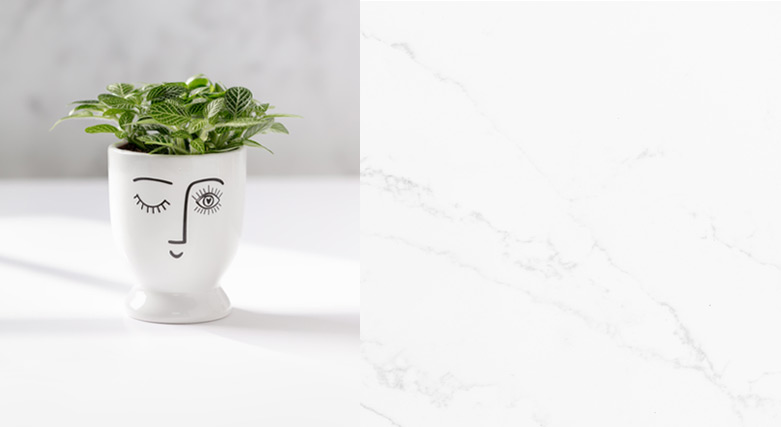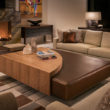The interior design industry has gone through many significant developments over the years, giving rise to many design niches. From sustainable design to wellness design, today’s interior designers have ample opportunities at their fingertips.
Benefits of Being in a Niche
Become a Subject Matter Expert
Being in a niche area of interior design allows you to learn everything about the field and position yourself as a subject matter expert. A specific, narrow niche area will enable you to absorb its various aspects completely, conduct in-depth research and continue to monitor the latest developments in the field.
Enjoy Your Work, Enjoy Your Passion
Specializing allows you to nail the details, leading to confidence, working in the “flow” state, and allows your natural passion for the topic to radiate.
Easier to Market Your Brand
A niche is a unique area of expertise that generally has very few practitioners. This means that there is less competition out there. Use this to your advantage by marketing your niche extensively so that when someone thinks of the niche area, yours is the business that should immediately pop into their minds.
Things to Keep in Mind
Is There a Market for This Niche?
You must conduct appropriate research and market surveys to determine whether there is a sustainable market for your specific niche. If the location you are in does not have enough demand for your area of expertise, you might be setting yourself up for frustration and failure.

Do You Have a Strong Background in Your Niche?
Examine your career in both experience and qualification and analyze whether you need additional certifications or training before diving into your niche business.
Do You Have the Passion for This Niche?
Ask yourself whether you have a passion for the niche area or just heard about it from a colleague and decided to give it a go. If your choice is driven by passion, not only will your job seem less stressful, but your genuine interest will prompt you to stay updated about all the latest developments in the area, which is hugely beneficial for your business.
Identify Your Ideal Client
Marketing your niche area to everyone is a big waste of time and money. It is essential to identify your ideal client and target all marketing efforts to this specific client group.
Niches for Interior Designers
Green Design
In a fast-changing environment with a constant emphasis on sustainability, green design models are gaining a lot of attention. Green design focuses on incorporating environmentally friendly materials to construct buildings, sustainable fabrics, and harmonious integration of natural elements

Enthusiasts of the green design niche have several avenues to increase their awareness about construction materials, green design resources, and certifications. For example, Sustainable Furnishings Council is an organization that helps companies develop eco-friendly spaces and build networking opportunities for green designers. They also organize workshops and seminars to increase awareness about the latest developments in the field. Organizations like The Good Future Design focus on reducing wastage in the design and build industry.
One can simply register for a LEED professional credentials exam and get certified as a LEED Green Associate. This is a foundational professional credential, signifying core competencies in green building principles. A LEED advanced professional with a specialty certificate suggests expertise in green building and LEED rating system. Build it Green is another organization that provides professional training and certifications in green design. The National Association of Home Builders also has programs for green certification.
Aging in Place
The concept of aging-in-place design focuses specifically on designing living spaces for the aged and the elderly. It aims to create design models to help senior citizens age in place with ease and dignity. The designs incorporate elements that aid senior citizens in navigating their homes safely, comfortably, and independently. It includes wider doorways, color selections to accommodate aging eyes, open floor plans, ramps, lever-style door handles, grab bars in toilets, shower seats, etc.

If you wish to get certified as an aging-in-place design specialist, you can take a certified aging-in-place specialist (CAPS) designation program offered by the National Association of Home Builders. Online training programs are also available here.
Wellness Design
Wellness design focuses on enhancing the general well-being of the home’s occupants. The emphasis is on creating spaces that improve physical and emotional health through exercise, mindfulness, relaxation, and harmonious living.
Wellness design also includes Biophilic design, which incorporates elements of the surrounding nature into living and working spaces by bringing outdoor environments to indoor spaces. Concepts include using natural lighting as much as possible, paint colors that are soothing to the mind, ergonomic designs for comfort, decluttered and minimalist spaces, etc.
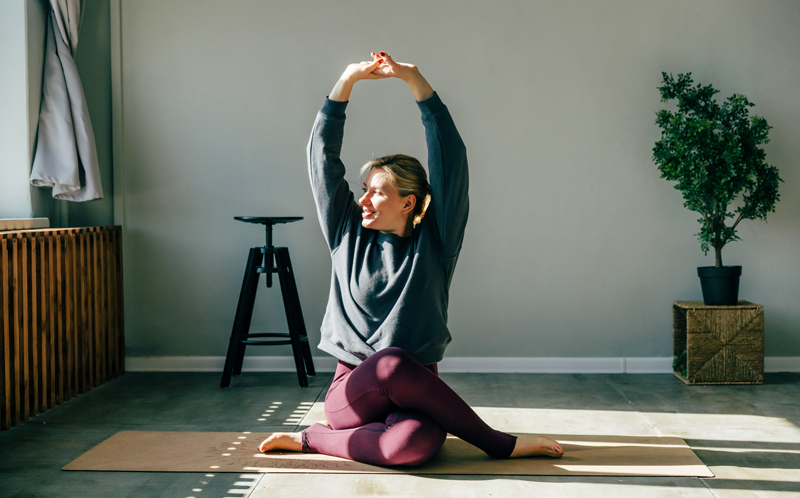
The International WELL Building Institute’s WELL accredited professional credential recognizes expertise in WELL building standards and codes.
Universal Design
Universal design refers to designing spaces accessible to all, especially those that are differently-abled in their physical and cognitive capacities. The designs are universal, such that anyone can access them without feeling segregated or stigmatized.
Principles include low physical effort for navigation, using warning or hazard signs, information signs in all types of sensory modes, such as written, verbal and tactile; wide spaces and doorways for wheelchair access and for larger groups of people to easily walk through; providing both left-handed and right-handed access wherever required, etc. For those interested in certifying themselves as a Universal Design expert, the National Association of the Remodeling Industry (NARI) offers Universal Design Certified Professional program.
Lighting Design

Lighting design is an up-and-coming area in interior design studies. Lighting can help make a room look bigger or smaller, create moods, induce relaxation, or bring focus to specific decor items. Lighting design focuses on using lights in interior spaces that can be environment friendly, economical, easy to handle, and are aesthetically pleasing. Lighting designers learn how to draw electrical plans and drawings to incorporate lighting and help clients visualize the space through lights.
Certification in lighting design can be obtained via Keystone Online Studies that offer Lighting Design – Accredited Certificate Course (online). American Lighting Association offers a Certified Lighting Consultant (CLC) designation after completion of course requirements. Parsons School of Design also offers a certificate program for Interior Lighting Design.
Feng Shui Interior Design
Based on the Chinese philosophy of maintaining balance and harmony through “Chi” or energy, Feng Shui interior design aims to incorporate natural elements such as wood, metal, water, fire, and earth to bring about positive energy flowing within the house.
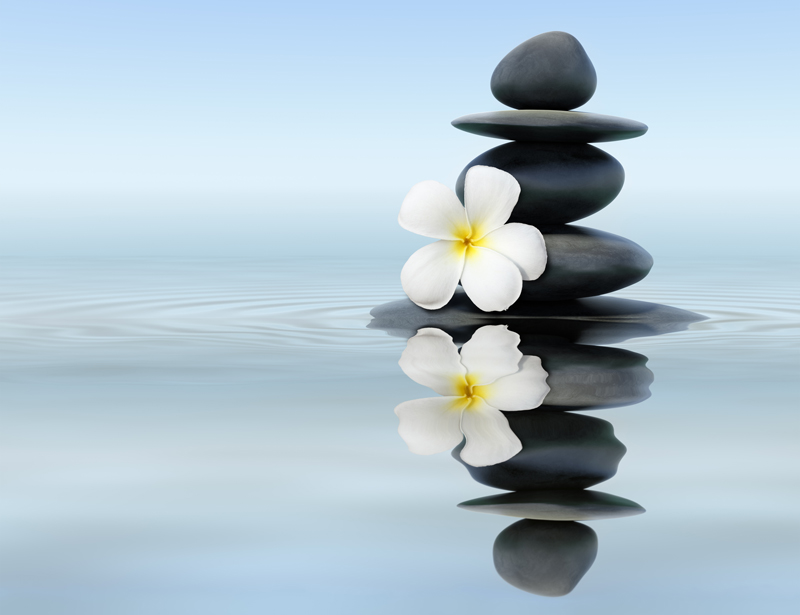
The emphasis of Feng Shui principles is on the homeowners’ physical and emotional well-being through the placement of objects and the space organization. Aspects such as the design of the front door, or the placement of mirrors, plants, type of plants, are given due consideration to enhance the “Chi” of the house.
The New York School of Art and Design offers a certificate program in Feng Shui Interior Design, which focuses on mastering the principles of space planning through Feng Shui.
Color Specialist
An interior design color consultant essentially advises clients about the right paint color to suit their interiors, considering color psychology, current trends, and client personalities. While this might sound simple, it is, in fact, a very scientific process that requires training. Colors have the power to affect people’s moods and states of mind in marvelous ways. Sometimes a change of paint in your bedroom becomes the answer to your years of insomnia. Color consultants are also trained in the different qualities of paints and how they behave under different kinds of lighting.
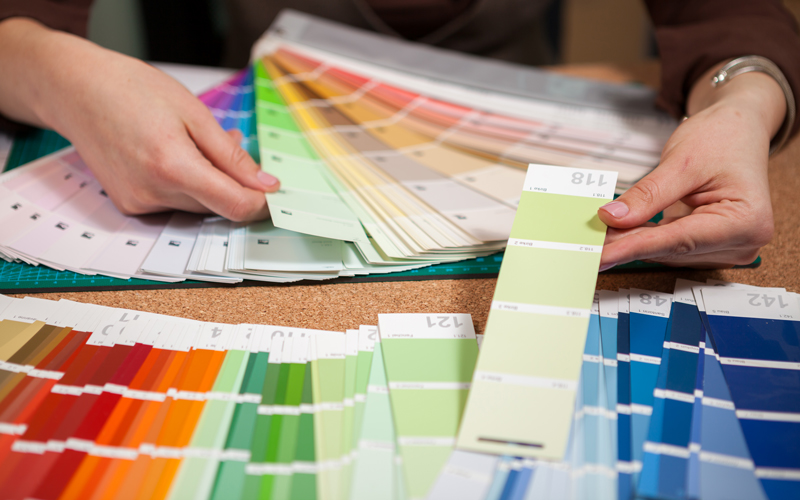
There are several online color training and certification courses like Certified Color Expert and The Design Ecademy’s Color Certificate Program. Having a color specialist logo on your profile can help you stand out from the competition.
Yacht Interior Design
With the booming tourism industry, vacationers are looking for unique ways to enjoy their travel. Luxury cruises and yachts, RVs, and private jets are some of the preferred modes of luxury travel. This has given rise to exciting innovations in designing the interiors of luxury travel modes. Yachts, for example, need to accommodate people, furniture, machinery, food, storage spaces, waste management systems, and sometimes, even a helipad. Therefore, yacht interior designers must have a keen eye for prioritizing the practical aspects without compromising aesthetics – bundle it all into a floating luxury mansion.

Several design schools around the world offer specific courses in yacht design. Training focuses on overcoming the challenges of maximizing the available space while customizing and personalizing the yacht according to the owners’ preferences.
E-design
In e-design, interior designers provide consultation and plans online, without stepping into a client’s house. E-designers specify all furnishings, furniture, decor items, fixtures, and fittings and may include links to purchase them online as well. While e-design may sound easy, it involves a lot of hard work and patience. More importantly, it requires a vast amount of cooperation from the client in providing spatial measurements and describing the vision they have for the space.

The client will have to oversee the installation process themselves. Therefore, e-design works best for clients who enjoy the shopping and installation process involved in bringing their creative vision to life.
Websites such as Expert E-Designer offer E-design training sessions online where designers can get a Certified Expert Edesigner Certificate on completing training. Edesign tribe is another platform to hone your e-design skills through online coaching sessions.
Conclusion
As seen, the interior design field offers a multitude of options for specialization. Apart from the ones listed above, several other interior design specialty niches such as exhibition design, set design for movies and theater, conservation/restoration design, etc. are interesting specialties to explore. Whether you are a seasoned designer or a budding one, consider tapping into the exciting opportunities that exist within design niches!
Do you specialize in any of the above niches? How did you go about earning a certification? Can you think of any other specialty niches that interior designers can explore? We would love to hear your thoughts! Please let us know in the comments.

